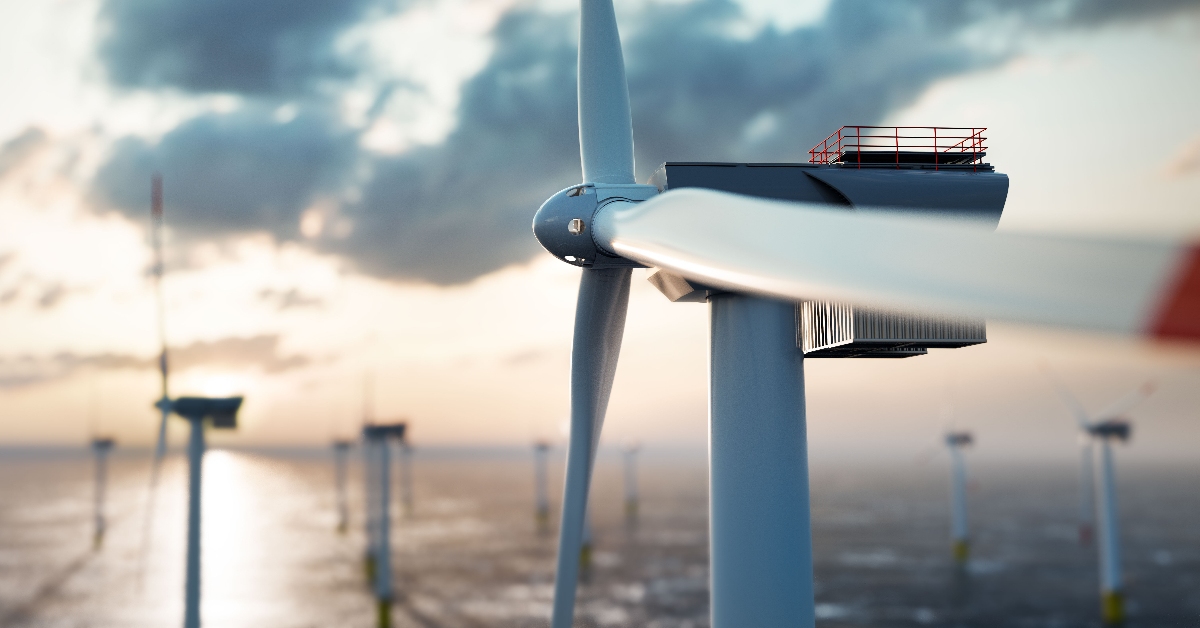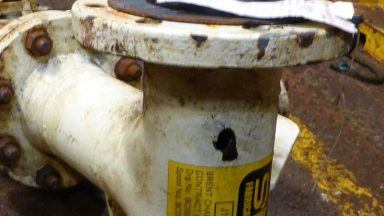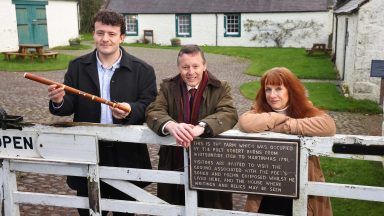Can fishing co-exist with offshore wind farms?
It’s a question fishermen want answered as the number of offshore farms increases on Scotland’s coasts.
Scientists hope to come up with an answer as part of the Pelagio project – led by a scientist at Aberdeen University.
The marine environment has never seen the scale of offshore wind farms that are due to be built in them over the next ten years.
They are due to more than double in Scottish Waters, so scientists say the information they are gathering could be crucial for shaping future energy and marine policy.
Professor Beth Scott is overseeing the study, as scientists are gathering a huge amount of data around Scotland’s waters over four years to determine offshore wind turbines and their impact.
“We need to understand the principles behind what happens when you put all these structures in, you create a lot of turbulence, so we need to understand that,” she told STV News.
“And we also need to know what that affect is all the way through from plankton, to fish and seabirds too, once we have this information, we can take these models are predict what happens to populations on a large scale.
“This isn’t about being anti-wind power rather an opportunity really understanding what the impact could be since so many more are due to be built.”
But with many developments in development and in the planning process in Scottish waters, some believe the data isn’t being gathered quickly enough.
The Scottish Fishermen’s Federation says the sector could be at risk without a proper understanding and is calling on the Scottish Government to do more.
“There’s a real risk here that fishing becomes an accidental casualty here of the offshore wind industry,” said chief executive Elspeth Macdonald.
“We’ve been saying this to government for months and indeed years now, you must give appropriate attention to the cumulative effects, not just the effect of a single windfarm, something they’ve not done to date. “
In response, a Scottish Government spokesperson said: “We are fully committed to working with our fishing industry to ensure it has a prosperous and sustainable future.
“We recognise there is increasing pressure on marine space, and that there is valid concern from those engaged in existing marine activities.
“We are also updating our Sectoral Plan for Offshore Wind Energy and National Marine Plan to ensure the sustainable development of Scotland’s marine space and are working in partnership with the fisheries sector as a key aspect of delivering a just transition to net zero.”
Although the wider study isn’t expected to conclude for another two years, different studies are ongoing.
This year, researchers published responses gathered from interviewing 52 fishermen about what they think off offshore wind developments.
Nearly 75% of those who replied said they were already travelling further to fish because of existing projects and 67% said they’d considering leaving the profession all together if proposed wind projects go ahead.
David Milne is an experienced fisherman, and now works for the Scottish Whitefish Producer’s Association, and says the fleet has already seen changes in their catch.
“The evidence we’ve seen so far with the windfarms has been mixed, there’s areas where some have seen the prawns getting attached to the subsea cables,” he told STV News.
“But then there’s others where they don’t cross the cables and have just completely moved away from the area.
“We need more data for the guys that are going out to the grounds day in and day out and seeing a decrease in their catch, we need to know what’s going on.”
The country faces a balancing act as it looks to support its key industries and develop new ones.
Scientists and fishermen say there is still much to learn about the impact wind farms have on coastal waters and that it will take time to fully understand the effects.
Follow STV News on WhatsApp
Scan the QR code on your mobile device for all the latest news from around the country



























